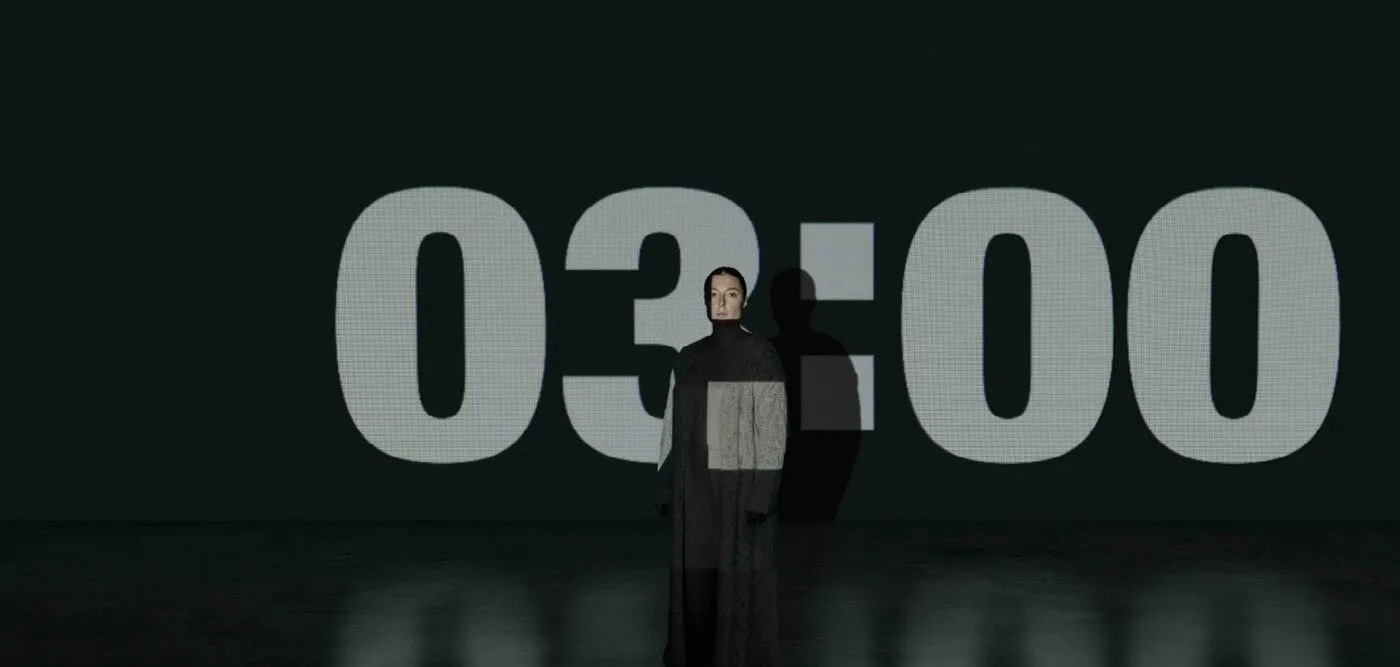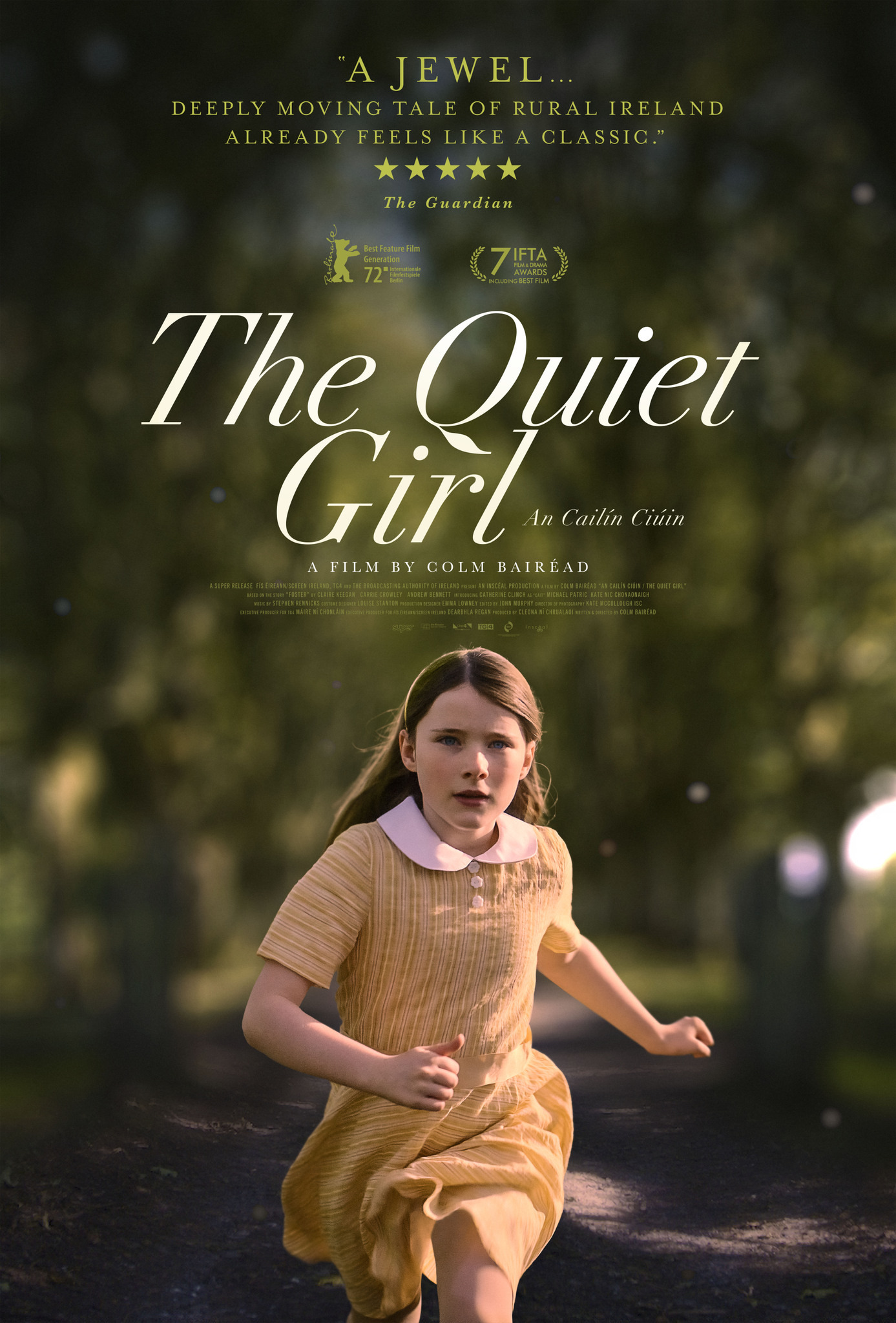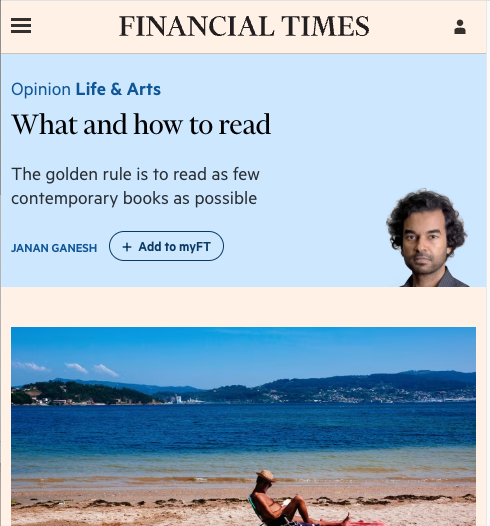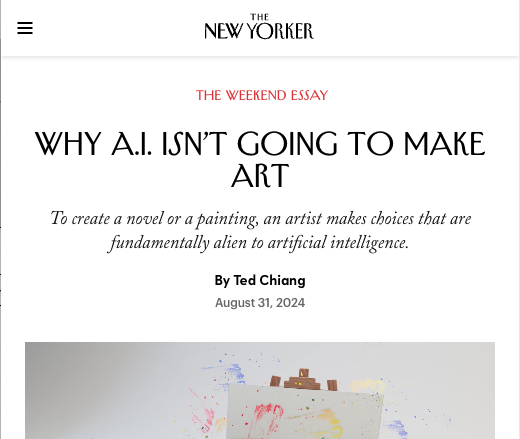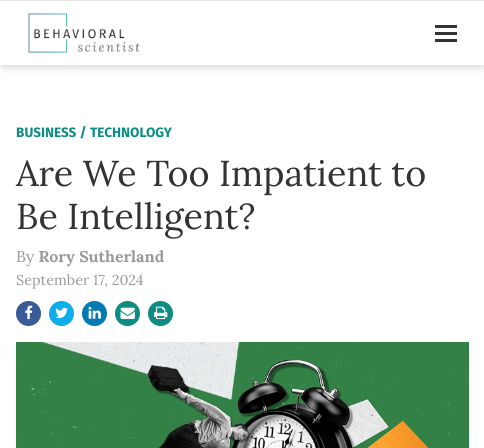Time to Live is an experiential artwork that sounds haunting, unforgettable, and oddly familiar
This piece by Dee Jefferson in The Guardian is about a terminally ill woman named Emily Lahey who is auctioning off her remaining time, in increments of 3 minutes, in a project called Time to Live. The money goes to cancer research.
Here’s a short documentary about it that brought me to tears. I loved the honesty between Emily and the interviewer at the 3:45 mark. Watch to the end for the whole team at the newsdesk having a moment:
Over the course of the day, about 30 people sat with Emily. Some used their three minutes for quiet reflection. Others wanted conversation, asking her questions or sharing why they had come to see her. Usually you’d describe a project like this as performance art, but Emily isn’t an artist: she’s a terminally ill 32-year-old who doesn’t know how much time she has left.
From the press release about the work:
The artwork, titled ‘Time to Live’, invites members of the public to engage in one-on-one interactions with Emily, a 31-year-old from Victoria diagnosed with NUT Carcinoma, a rare, aggressive cancer with an average prognosis of just six to nine months. As visitors spend time with Emily, an imposing projection of a timer counts down from three minutes. This profound and fleeting encounter offers a unique opportunity to grasp the emotional and psychological weight of living with, or being connected to someone with a terminal diagnosis.
Here’s another piece about it that tells Emily’s story in greater detail, and describes the actual exhibit experience:
Walking into the warehouse space, I had no idea what to expect. There was a bench in the middle of the room, and the lights were turned off when I sat down.
Videos of Emily began to play on screens around the room. They were of her at the happiest and saddest points of her life. Her words about living with a terminal illness and what she has learned echoed through the room. It was deeply moving.
Then, Emily walked in and sat down beside me. Together we watched the projection of a timer count down from three minutes, ticking away our moments together.
The whole thing might sound a little familiar to book nerds: it’s the plot of Kaveh Akbar’s Martyr!.1 In that book, Cyrus is a newly sober, contemplating suicide and looking for meaning in life. He winds up spending a ton of time at a performance art exhibit (DEATH SPEAK, in the book) where a dying painter named Orkideh spends time with gallery visitors.
What a coincidence. Cyrus’ first encounter with the artist is described like this:
Sitting on a simple black metal folding chair, just a thin black pillow between her and the seat, Orkideh looked a little like a sculpture she herself might have made earlier in her career. The single standing lamp in the corner of the gallery room cast a hard shadow against the wall behind her, where the soft round shape of her hairless skull arced over the narrowing angles of her jaw and neck like a divining crystal dangling from an invisible string.
I can’t imagine the experience being anything other than life-changing, as it was for Cyrus in Martyr!. The Guardian writer agrees, as she meets another attendee in line:
Standing in the queue we bypass the chit-chat and go straight to the big topics; the experience has made us emotional and philosophical, and we end up having the kind of conversation that’s rare even among friends. We talk about how considering Emily’s story, and preparing to spend time with her, has had a kind of emotional and psychological ripple effect. Beyond the funds raised, and the time spent in the room, this is perhaps the enduring impact: a rare moment to grapple with the fleeting nature of life, and to connect with others in that grappling.
At the end of Cyrus’s first visit, he has this exchange with Orkideh:
“Maybe part of it is just wanting my tiny little life to have something of scale. For the stakes to matter.” He paused, then added, “For my having-lived to matter.” Orkideh smiled, placed her hand on Cyrus’s. It felt cold, dry, like canvas.
“We won’t grow old together, Cyrus. But can’t you feel this mattering? Right now?”
When he hesitated, she said, “It matters to me. Know that. It matters deeply.”
1How do you punctuate that? back

